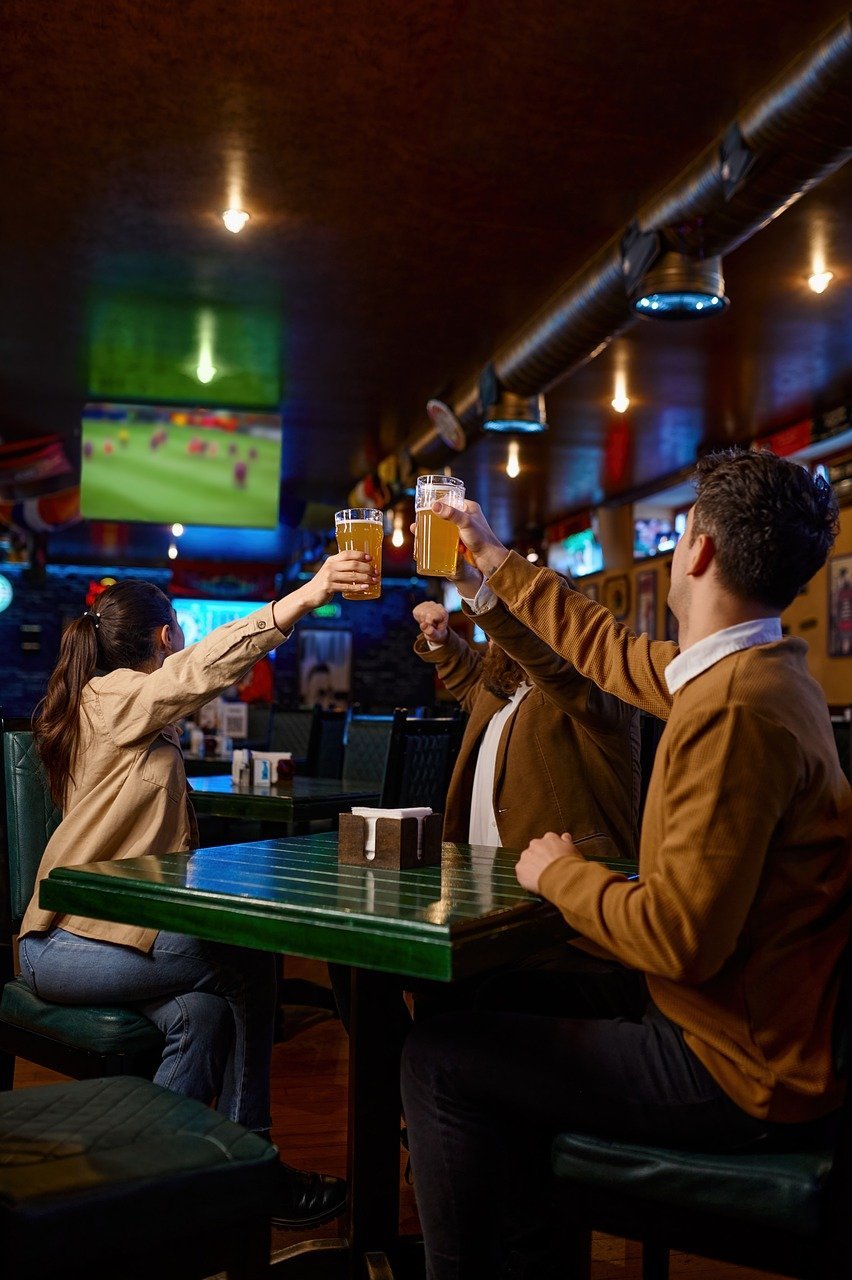Maximizing Restaurant Efficiency: Streamlining Operations for Better Service and Profitability
Streamlining operations is key for improving efficiency and reducing costs in restaurants, especially for those in competitive areas like Connecticut, including Granby. By optimizing seemingly minor tasks, restaurants can drastically cut wasted time and effort.
For example, setting up efficient workstations in the kitchen and behind the bar can minimize extra steps and improve workflow. Servers can use tablets to take orders right at the table, speeding up service and reducing errors. Investing in streamlined systems like POS integrations not only saves time but can also enhance customer satisfaction, leading to increased business.
1. Bar and Kitchen Layout Optimization: By organizing high-use tools and ingredients within easy reach, you eliminate unnecessary movements. Bartenders can improve speed by keeping shakers, garnishes, and popular liquors close by. Similarly, in the kitchen, chefs should have key ingredients and utensils within arm's reach to minimize steps. This design helps the kitchen run more efficiently, and staff can focus on what matters—delivering top-quality meals in a timely manner.
2. Tablet Use for Servers: Introducing tablets for taking orders in dining rooms reduces the back-and-forth to a central POS station. Servers can take orders and send them directly to the kitchen, increasing accuracy and allowing for faster service. With handheld devices, restaurants can process more orders during peak times without overwhelming the kitchen or slowing down table turnover. You can check out the Toast tablets on their website
3. Implementing Pre-Shift Checklists: Another way to streamline operations is by creating pre-shift checklists for each role. Servers, bartenders, and chefs can all benefit from clear lists that ensure they are fully prepared before service begins. Whether it's ensuring all ingredients are prepped, or the bar is fully stocked, having a standardized checklist helps staff avoid the rush when the restaurant gets busy.
4. Cross-Training Staff: Cross-training employees to perform multiple roles can save labor and provide flexibility during busy times. If a server is also comfortable working the bar, or if a line cook can handle the grill and fryer stations, the restaurant can better manage staff during shifts. This increases team flexibility and reduces downtime during slower periods.
5. Integrated POS and Scheduling Systems: Lastly, investing in integrated systems for scheduling and order processing can make a huge difference in streamlining operations. A tool like Toast POS integrates scheduling, order management, and even marketing into one platform, allowing restaurants to run more smoothly without juggling multiple systems. Using this kind of technology can even lower labor costs by ensuring you’re scheduling the right number of employees based on historical sales data.
By focusing on these operational improvements, restaurants in Granby and across Connecticut can run more efficiently, reduce unnecessary labor costs, and offer a better guest experience. Streamlining isn’t just about cutting costs—it’s about giving your staff the tools to succeed, which in turn will result in better service and a more profitable restaurant.
If you're ready to implement these changes, consult with a restaurant marketing and operations expert who can help design systems tailored to your needs.





